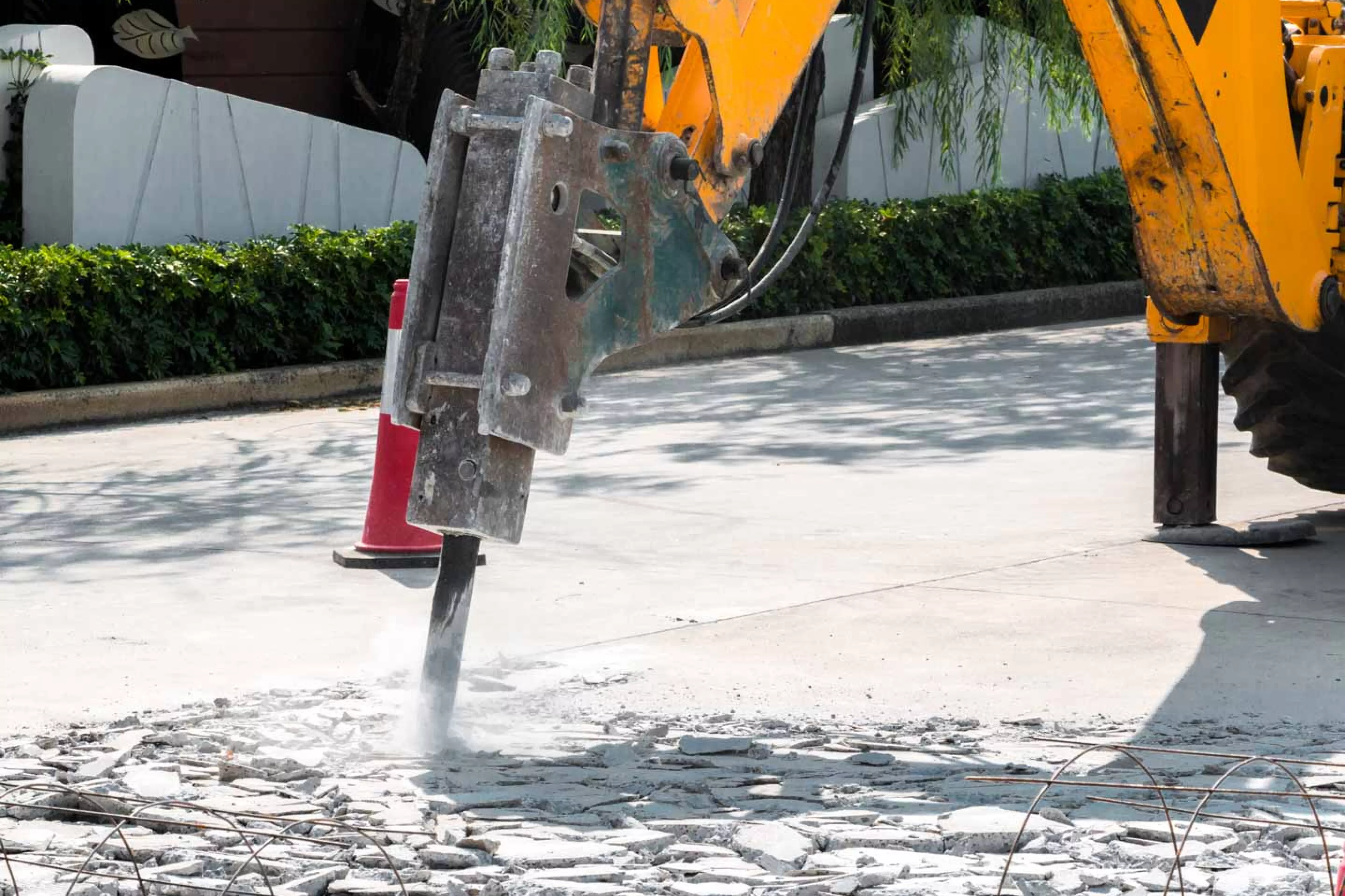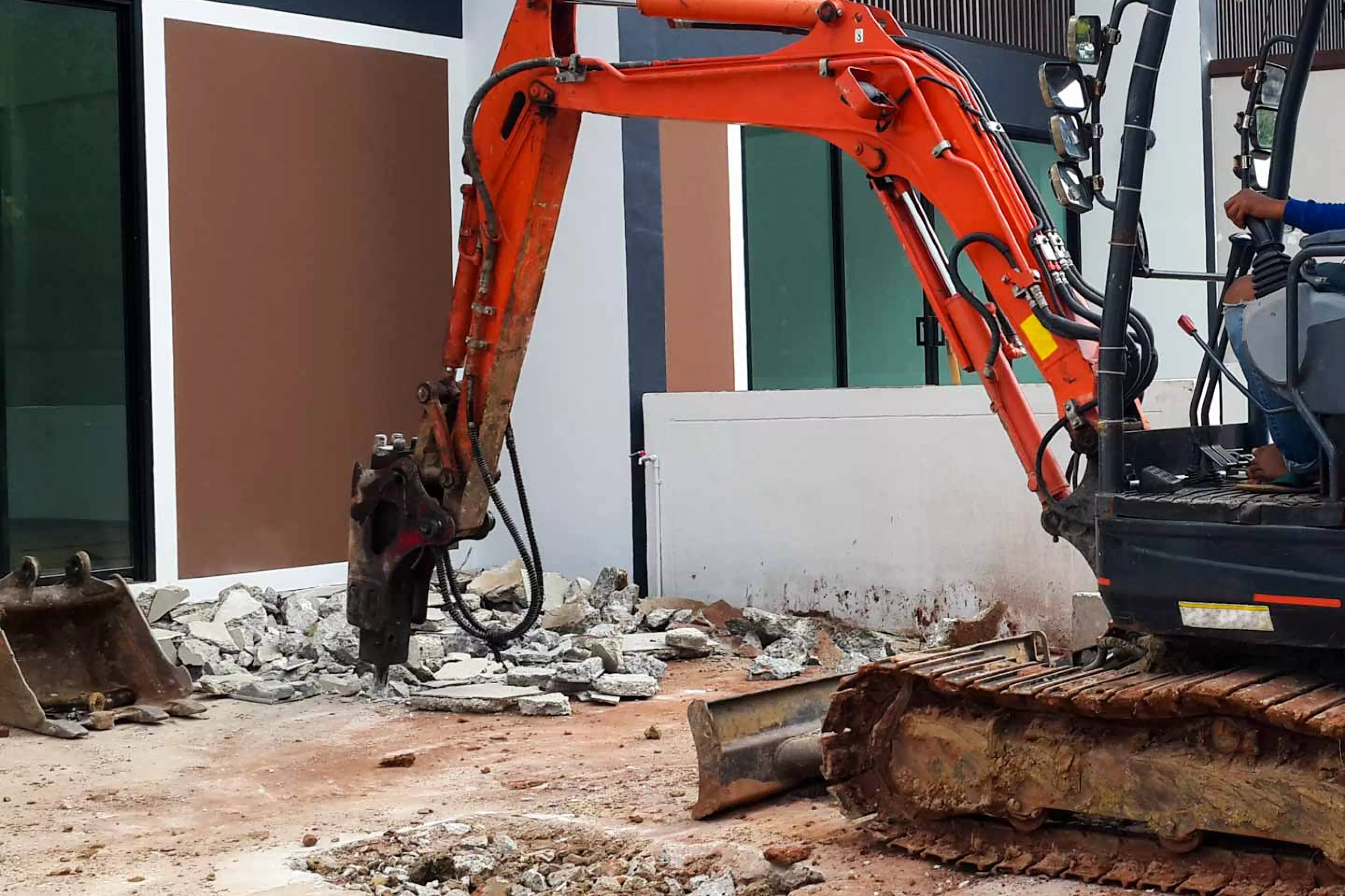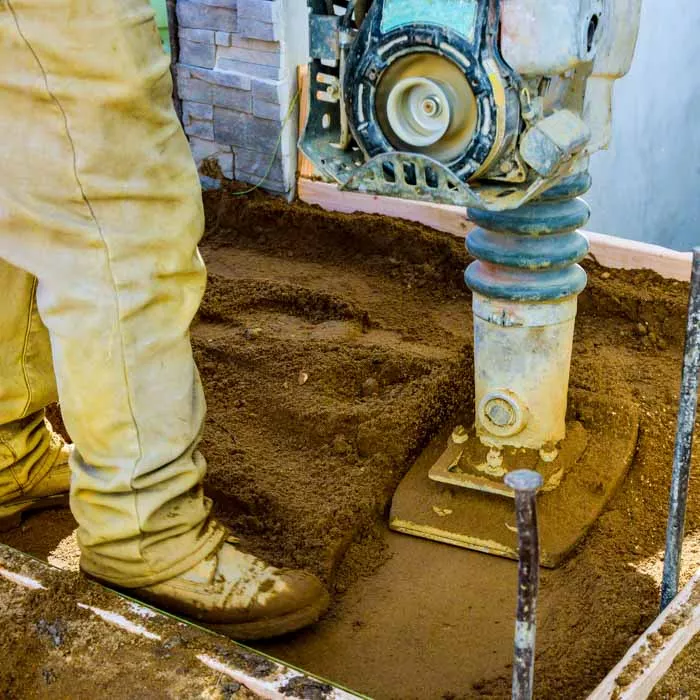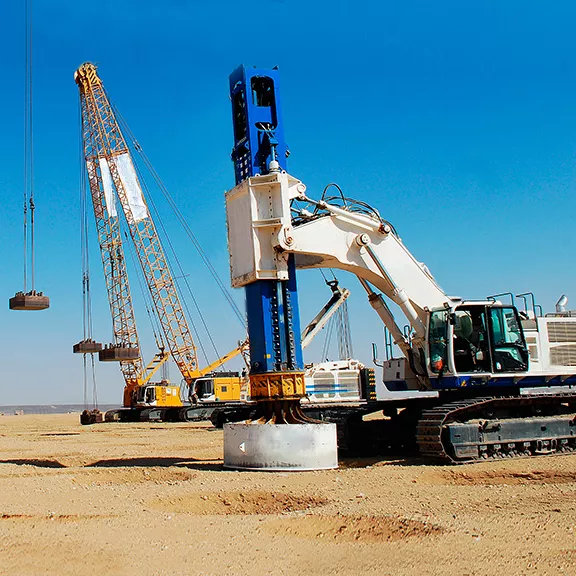Vibration Dose Value (VDV)
VDV measures human exposure to vibration in buildings and the effects of vibration on human annoyance. VDV is a way to quantify vibrations as an exposure dose based on frequency (up to 80 Hz), amplitude and regularity.
Why Monitor Your Operations For VDV?
With expanding urbanism, human perception to vibration is becoming an increasingly crucial factor for any construction, demolition, blasting, pile driving, dynamic compaction operations. When people’s well-being is compromised by continual vibrations this can quickly lead to complaints.
International standards exist addressing this issue, leading contractors to ensure conformity with the help of Instantel vibration monitoring equipment.


How Can Instantel Help?
Our vibration monitors were designed with human vibration exposure in mind. Our VDV geophones and Advanced software tools allow you to ensure that your operations are within the defined standards.
Common Standards:
BS 6472-1:2008 provides guidance on predicting human response to vibration in buildings over the frequency range 0.5 Hz to 80 Hz. Frequency weighting curves for human exposed to whole-body vibration are included with methods of assessing continuous, intermittent and impulsive vibration.
DIN 4150-2:1999-06: describes structural vibration and ways of measuring human exposure to vibration in buildings.
ISO 2631-2:2003 Defines methods of quantifying whole-body vibration in relation to human health and comfort, the probability of vibration perception, and the incidence of motion sickness.


THOR
The Vibration Dose Value (VDV) monitoring option is used to measure and determine whole-body vibration based on a Frequency Weighting file that is downloaded from THOR. Your geographic location and the type of vibration that you are monitoring will determine which Frequency Weighting file that you choose to use during the monitoring session – the frequency range of the data collected is from 1 to 80 Hz. Two frequency weighting files may be downloaded to the monitor.
While monitoring, the unit differentiates the velocity data into acceleration, applies the frequency weighting and then calculates the VDV and Root Mean Square (RMS) values. The unit displays the VDV and RMS values every ten seconds while recording and stores the final calculations as part of the file and Event Report.





